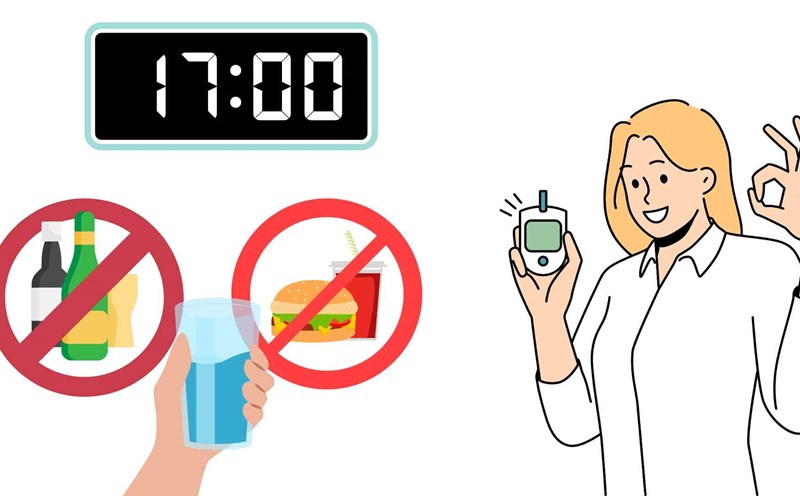When going for regular health check-ups, many people are surprised when the fasting blood sugar index is 105 mg/dL, higher than the ideal threshold of 100 mg/dL. This immediately makes many people constantly worry about diabetes. However, according to experts, this phenomenon is not necessarily synonymous with disease.
Fast blood sugar levels of 100 to 125 mg/dL are called prediabetes, says Dr. Pranav Ghody, consultant endocrinologist and diabetes specialist at Wockhardt Hospital (Mumbai Central, India). This is not diabetes, but it is a sign that the body is having difficulty controlling blood sugar and can progress to a disease if it does not change lifestyle".
There are many reasons for fasting blood sugar to increase even if you do not have diabetes. Physiologically, the liver releases glucose at night to maintain energy, in some people this release level is higher than normal.
Mild insulin resistance due to weight gain, lack of exercise, stress or genetic factors also contribute to the increase in the index. In addition, the increase in the hormone cortisol and adrenaline in the early morning can push up blood sugar. Other factors such as inining, eating late, drinking alcohol, taking medication or dehydration are also temporary causes.
According to Dr. Ghody, the 105 mg/dL level is not alarming but should not be subjective.
People with this index should check again after a few months, and at the same time take a HbA1c test to monitor the average blood sugar for 3 months.
More importantly, lifestyle changes will be key such as regular exercise, balanced eating, limiting refined starch, getting enough sleep and managing stress. In particular, people with a family history of diabetes need to monitor blood sugar periodically every year.
Dr. Ghody notes that a high fasting glycemic index in people without diabetes is not a death sentence, but a signal for early action. Consider it a warning sign, giving you more time to change before things progress to the disease.








